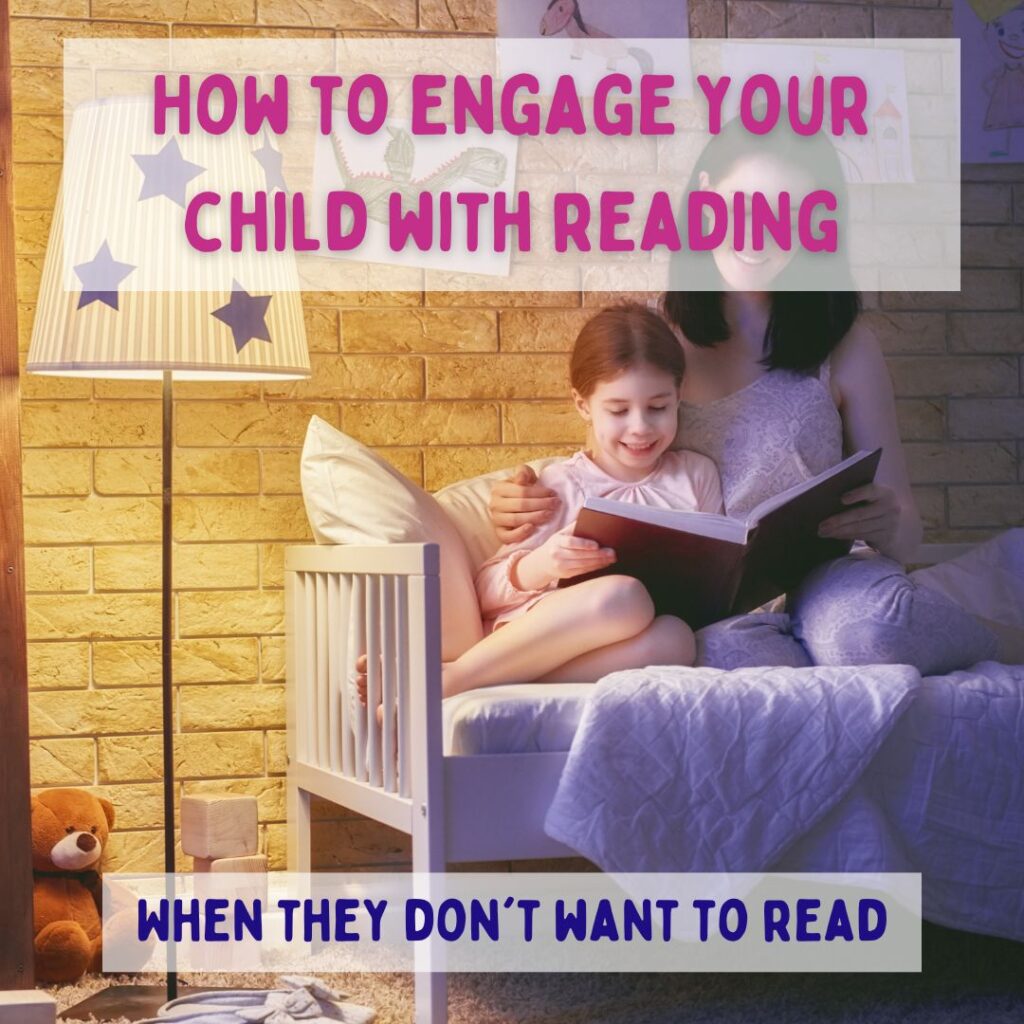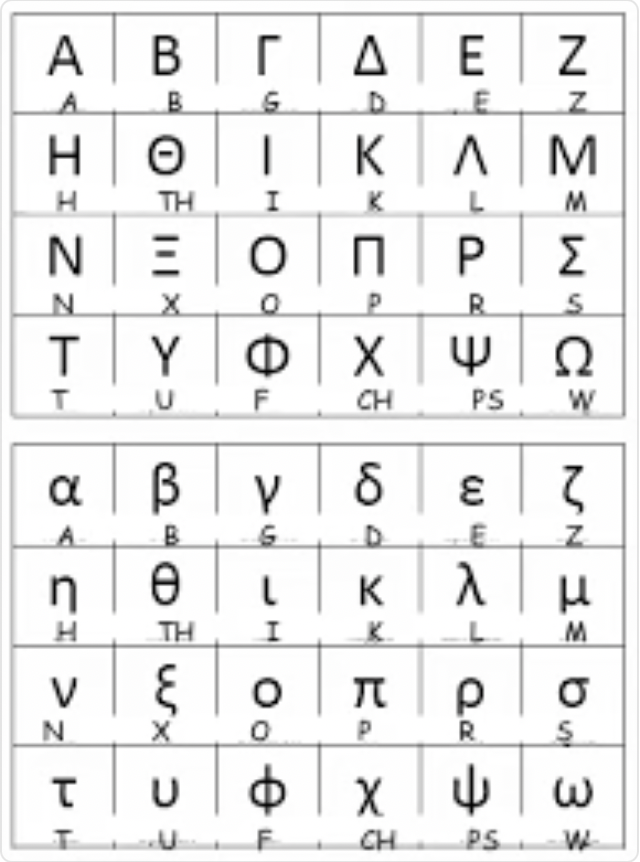How to engage your child with reading

How to stop those ‘wiggle butts’ and get your child engaged with reading.
Are you someone who wonders how to engage your child with reading? Over the years, I’ve known many children who love being read to, will sit and listen for hours, but as soon as they’re asked to read, suddenly, nothing will persuade them to sit still!
In fact, this exact thing was mentioned when I was having a conversation with my friend. She said her little one (4) was so proud of her reading, and loved stories, but found it hard to stay engaged when reading herself. I gave her a list of things she could try to help, and she suggested I write them down. So that’s exactly what I’ve done!
Below are a series of things you can try to engage your little one with reading, whether they can’t read a word yet, or are ‘free readers’ but are occasionally reluctant to read to you. If you think of someone who might find it helpful, please share it!
Remember attention spans – make reading active to engage your child
A big part of the frustrations children face is with attention spans and focus. The average 4 year old has an attention span of 8-12 minutes. If a child is expected to focus for longer than this, it leads to frustration and that ‘wiggle bottom’ I mentioned at the beginning.
This doesn’t mean all reading sessions can only be 8 minutes long, however. In fact, a brain break of just a few seconds can be enough to help our little ones refocus. I used to do this in the classroom all the time. “Everyone get up, wiggle to the count of 10 and sit down again” and the kids would be ready for the next part of the lesson.
Making reading active has the same affect. When your little one is reading and the character in the book does something, encourage them to act it out. It gives them a few seconds to break away from the difficulty of reading and let’s you know they’ve understood what they read too!
Obviously you don’t have to do this every time the character does something, but once every few pages can be very helpful!


Switching child led reading to a different time of the day
Now, I can hear some of you saying, but we read just before bed! I don’t want to hype my little one up, I want to calm them down!
And to that, I say, it’s fantastic that you’re ending the day with reading! It’s a great way to do something calm together that will settle them down and is great bonding too! But could you maybe read to them at bedtime, and change the reading with them to a different time?
I know time can be very tight at home. It certainly is for me! But by getting them to read to you at a different time, you can separate work from bedtime and keep that as a calm, content time for both of you to enjoy, rather than getting them to work their brains when they’re most tired. And if you’re finding they resist reading, bedtime is not the best time for an argument either!
Instead, try reading for a few minutes first thing in the morning. You could try getting them to read a book to you while you get breakfast ready. Another option is reading straight after school. They’re already in the working mindset and as soon as it’s done, they get the whole evening to relax and decompress from school.
Routine is always ideal so whatever you choose, try to stick to it every day. It’ll help them adjust and reduce stress all round!
Shared reading
Shared reading is another fantastic way to lessen the load of reading off your little one, encouraging them to read more, while still getting the joy they have from you reading to them. Explain to them that you’ll read a page if they read a page. This also gives them time to look at the pictures while you’re reading, something that a lot of children miss when they start reading and are expected to move straight on to the next page. Equally, just giving them more time per page may encourage them to read more!
Ask for help with words
If your child is still struggling with shared reading, you can break it down even further. Start by reading the book to your child completely. Find a word you know they can read, either a tricky word, or one they can blend, and get ‘stuck’. You could say “I can’t remember this word, can you help me?” Or try and sound it out and then hmm. I’ve never met a child who doesn’t love correcting and helping an adult and this can be a very useful way of building confidence too!
Spot the word games
Another one to try is to choose a word from the book for your little one to spot. This could either be a word that appears regularly, or one that only turns up once or twice. Write it on a piece of paper and practice it with them before you start the book. As they go through, get them to point it out every time they spot it. They could get a sticker for each one (or just a high five, I find they work just as well!)
This helps children to engage with what they’re reading and counts as a brain break, as they have to check the word on each page. This becomes a sort of transition where they’re focusing on something else!
Ask questions that get them thinking – engage their brain, engage your child
Knowing whether your child has understood what they’ve read is another massive part of reading. Asking questions after each page or a few pages gives your child a second to think about something else, breaking up the book and making it more interesting. It also helps with processing skills and ensures their brain is focusing on more than one thing at a time.
If you’d like more help with comprehension skills, you can check out this blog – demystifying reading comprehension.
Reading a different language
The last thing I want to mention is just how hard reading is.
If you’re a literate adult without dyslexia or other difficulties, it’s probably the case that reading is quite easy for you. You may not ever sound out words or even think about what you’re reading. Learning to read was a very long time ago. You might not even remember it at all!
For our children, it’s very different. Each letter has to be worked out, matched to a sound, blended and then given a meaning to make a word. Below, I have given you the Greek alphabet and a sentence with the same letters (the words aren’t in Greek, just the letters have been changed). Have a go at decoding and reading the words. It will give you an idea of how much effort it takes our little ones to read! No wonder they’re tired at the end!
Λεαρνινγ το ρεαδ ις ηαρδ.
Just being mindful of the effort our little ones are putting in to reading can help both us and them. We can acknowledge how hard reading is, and praise their resilience and hard work. This helps foster the bond between us and lets them know we understand.
Whatever you try, remember that you’re doing an amazing job. Just by trying to read with your child, you’re setting them up for success and giving them support for the most important area of learning.
If you want to support your child further and get more individualised support for both you and your family, check out my course – Curious to Confident – where you can learn about the pillars of reading, become confident that you know where your child is in their reading journey, how to ensure you’re getting the most out of reading with your child, and how to fit learning into your day with no extra preparation needed from you. Check it out!


Comments
One response to “How to engage your child with reading.”
[…] your child reads to you (or with you – check out more information about this here – How to engage your child with reading) and one where you read to them. This gives them a chance to continue to enjoy books without the […]